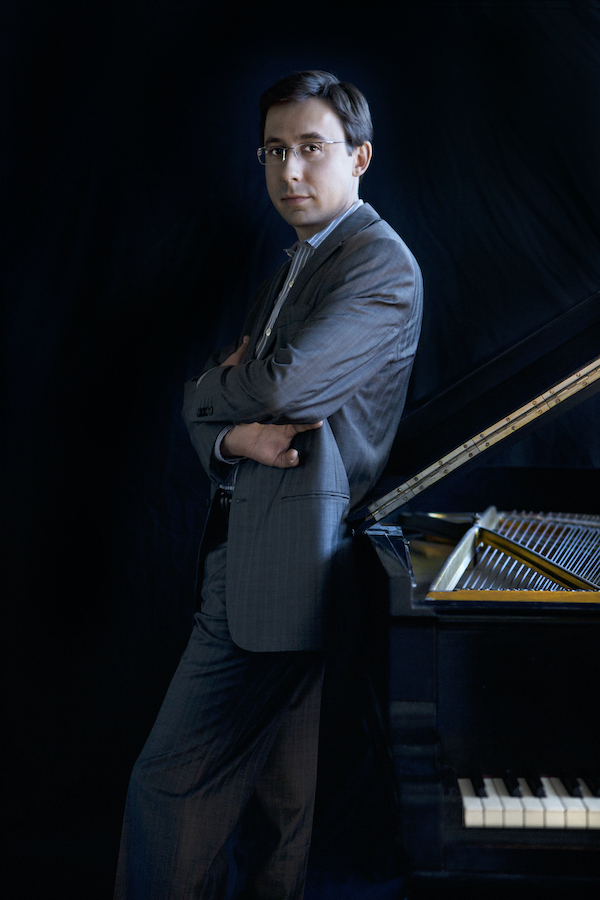Kobrin brings depth and tonal glow to Zankel recital

Independence has its own rewards. Alexander Kobrin, who took the Gold Medal at the 2005 Van Cliburn Competition, may not be recording on Deutsche Grammophon or touring with the most famous orchestras. But his post-Cliburn lower profile is in no way a measure of the pianist’s talent.
Kobrin has been teaching for most of this century, and is currently at the Eastman School of Music. Yet the skill and thoughtfulness of his playing, as demonstrated at his Zankel Hall recital Thursday night, showed he is his own man, and his performances of Beethoven, Schumann and Brahms were consistently out of the ordinary.
From the opening moments of Beethoven’s Piano Sonata No. 4 in E- flat Major, Op. 7, the pianist showed a remarkable touch at this keyboard. One rarely hears such a range of articulation, nor such fine specificity between gradations of staccato, tenuto, marcato, and legato. He played different notes in different ways that always had an extra musical meaning. He also produced a gorgeous, glowing sound on the Yamaha concert grand. (The concert was presented by Yamaha Artist Services and Kobrin is a Yamaha Artist.)
Beethoven’s Fourth Sonata is grand, probing, full of personality. Early in the composer’s career, it has features that one hears in his late style—it’s full of quirky changes in direction and the fragmented form of the Largo movement still sounds avant-garde.
Kobrin’s interpretation was organic, developing the fundamental sound of the piece and letting the composer’s logic speak through that. The pianist’s technique was stellar, not just dexterous but commanding, playing that releases the energy in the music. The way he held the line together through all the silences in the second movement showed his deep thinking. And the sound was consistently beautiful.
That beauty of tone at times was a hindrance. In Schumann’s Waldszenen, one could feel the sun shining through the trees, hear the birds, smell the flowers. But Kobrin did not always hold the balance between forward motion and reverie, and there were times when the music almost came to a standstill. These movements, like “Verrufene Stelle,” sounded fantastic and the shimmer from the instrument impressively sensuous, though one felt Schumann’s overall structure sometimes lost inside Kobrin’s poetic thinking.
The sense of line returned, for the most part in Brahms’ Piano Sonata No. 3 in F minor where Kobrin kept things flowing throughout the five movements, He brought out the depths of the crashing, dramatic chords while never indulging in external dramatics. As in the Beethoven sonata, his playing sounded natural, and one heard the force of the music without ever noticing effort from the pianist.
Brahms presenting the building blocks he has used across the finale. Here again Kobrin seemed to lose the overall thread a bit listening to the sound of the instrument, rather than where Brahms was headed. The fugue that opens the coda snapped back into shape, but the change was too abrupt to allow space for the full drama in the music to develop.
Kobrin’s two encores were excellent, ideal pairings between composers who wrote for the sound of the piano and a musician who was dedicated to making the instrument sound as beautiful as possible. He played Rachmaninoff’s Prelude in G-sharp minor, Op. 32, no. 12 as a peaceful “goodnight.” Before that was “La fille aux cheveux de lin” from Book I of Debussy’s Preludes, and Kobrin’s playing was as gorgeous as this music, and this instrument, could possibly sound.






